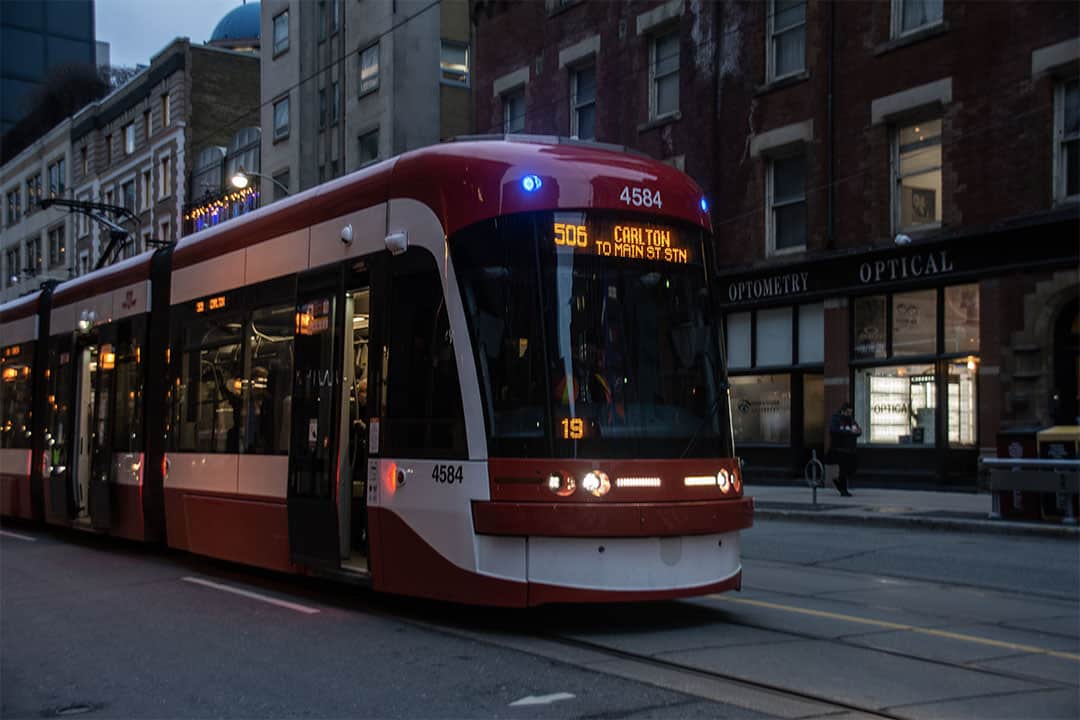In its 2023 budget, the TTC outlined plans to increase fares while reducing service, increasing wait times, and going back to pre-pandemic crowding standards. Unsurprisingly, these changes have led to outcry among commuters across the city.
However, complaints about Toronto’s transit system are nothing new; commuter students are all too familiar with crowded buses during rush hours, waiting several minutes in the cold, and unexpected delays. Fare increases are also not rare occurrences — the TTC implemented a ten-cent increase in 2020.
With inflation causing the prices of most services to go up and with emphasis being placed on the use of public transport to achieve climate goals, it makes sense to increase fares to increase capacity and improve services. However, from the TTC’s 2023 plans, it seems that increasing capacity and improving services is not what the TTC has planned for its fare increase.
How is the TTC’s budget report problematic?
According to the budget report released on January 4, maximum wait times for rapid service such as subways may increase from six to ten minutes. Crowding standards would increase to pre-pandemic levels with 50 people per bus, 130 per streetcar, and 1,000 to 1,100 people per subway train during peak hours. Service hours would also decrease from the current 96 per cent of pre-COVID hours to 91 per cent. These service adjustments would accompany a ten-cent increase in fares for adults and youth, which will take effect on April 3.
It seems that, in return for paying a higher fare, making it to campus on time for class will become more challenging for commuter students than it already is due to the unpredictability of the TTC.
This is the first completely in-person academic year for many students, and the new TTC guidelines put commuter students at a disadvantage from a pandemic perspective. According to the Canadian Centre for Occupational Health and Safety, using public transport carries a higher risk of contracting COVID-19 due to extended exposure to other people, use of shared surfaces, and poor ventilation. As of 2018, over 75 per cent of U of T students identify as commuters. With such a large portion of students exposed to a greater risk of contracting COVID-19 through the transit system, the entire U of T community may be put at risk if crowding standards worsen on the TTC.
Another major concern is the recent increase in violent incidents on the TTC, including attacks and assaults, riders pushed off platforms, and even a fatal shooting incident involving an international student.
To combat this, the new budget has proposed to hire fifty new special constables for patrol. However, the union that represents TTC constables and fare inspectors, CUPE Local 5089, says that creating safer transit requires more than this and that its workers feel a level of uncertainty in their expectations as enforcement officers.
President of CUPE Local 5089 Dariusz Nowotny said, “Fear of termination for doing what you’re trained to do doesn’t make for a place many people want to dedicate their career to, and it’s something we’ve suffered with for years.”
To increase safety, people in Toronto have suggested physical measures, such as the installation of safety barriers along platforms. There have been talks of installing these barriers since 2018, and a fare increase occurred shortly after, in 2019. However, no such measure has been installed. If the TTC is to raise fares once again, it’s only fair that rider concerns about safety are addressed.
Why should the TTC alter its 2023 plan?
Financial burdens are also at the forefront of the complaints regarding the new changes. TTCriders, a transit advocacy group in the city, has expressed concern that the fare increase will be most harmful to low income people, who tend to use public transit more often than wealthier people in the city. TTCriders spokesperson Shelagh Pizey-Allen said, “The fare increase is cruel. They are really going after the wrong people, the lowest income people in our city.”
With the rising cost of living in Toronto, students are also seeking more affordable housing options that may be further away from campus, furthering the need for efficient public transit. Yet, commuter students are hardly ever included in conversations about what the TTC should do to improve going forward.
One alternative to raising fares that TTCriders has suggested is for the City to find money from elsewhere. “The mayor could raise hundreds of millions to rebuild TTC ridership with more service and lower fares, with a parking levy on big malls and commercial landlords,” they said in a statement. This would ensure that the burden of financing TTC services isn’t placed on an already financially vulnerable population.
It’s time for the TTC to take action toward meeting the needs of commuters. With students from all across the city, who are already paying for their education and rent, relying on the TTC to get to campus, it is unreasonable for the transit commission to raise prices without improving its services.
Urooba Shaikh is a second-year student majoring in molecular biology and minoring in public law and psychology at UTSC. Shaikh is a Comment-in-Brief columnist for The Varsity’s Comment section.


